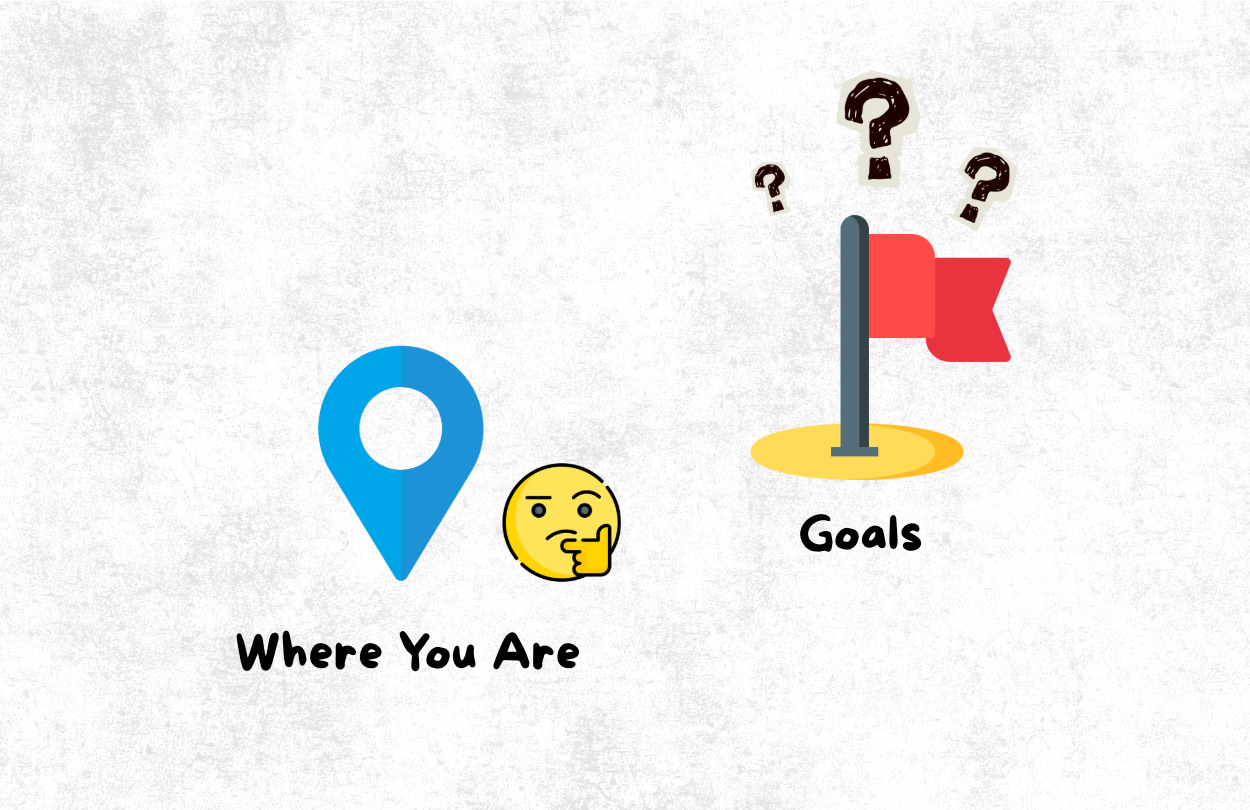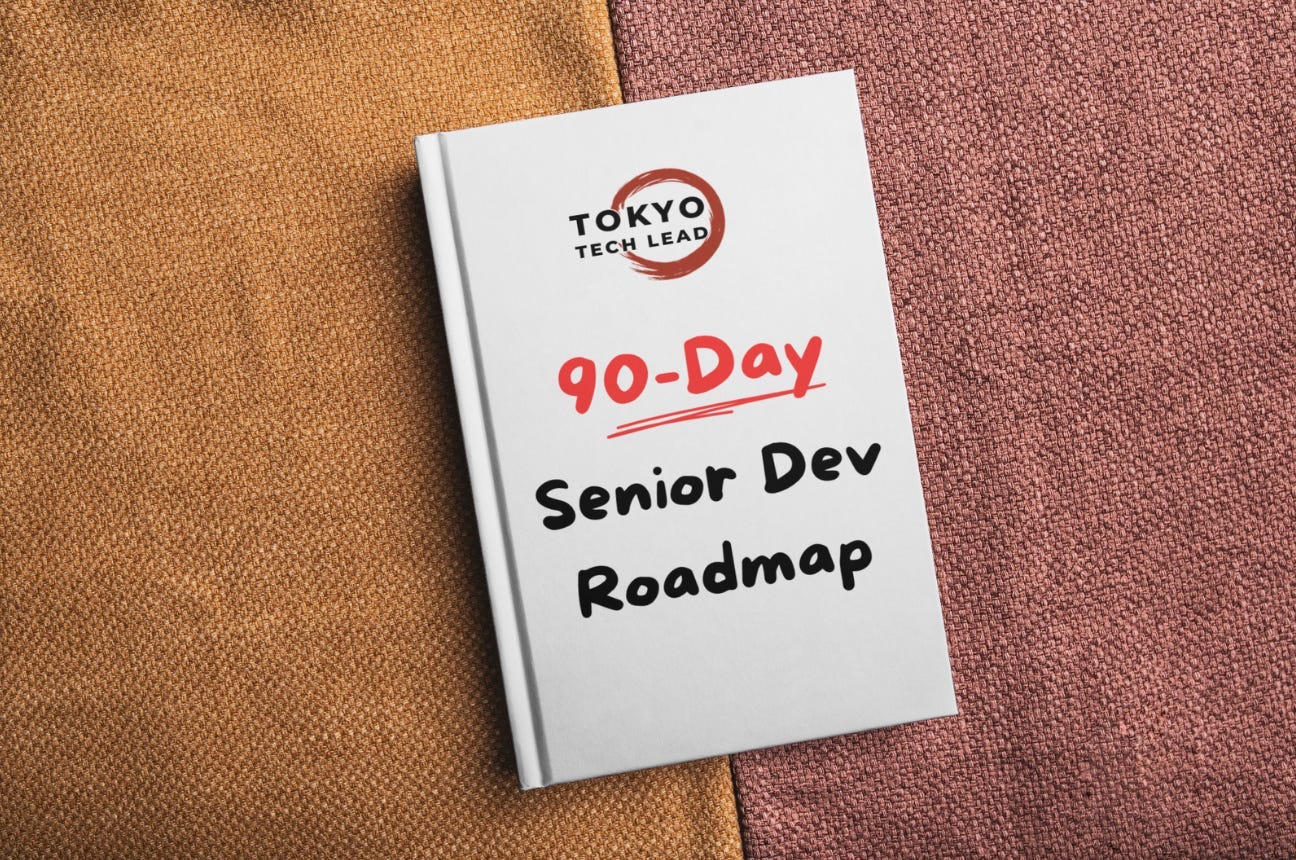Vision Is the Most Underrated Skill in Engineering
And you should have it.
Vision Has the Highest Value of All Skills
Will the stock market go up or down tomorrow?
If you know the answer, you become one of the most valuable people in the world.
And that’s vision.
In engineering, the same applies.
The most valuable engineers aren’t just good at solving today’s problems. They can see tomorrow’s problems before they happen. That foresight is what companies pay senior engineers for.
The Cost of Building Blind
When engineers work without vision, decisions are made in the dark.
You fix what’s in front of you, only to realize later that it didn’t matter.
You’ve probably seen this before:
Teams spending months on a feature that no one uses.
Premature optimization that brings no benefit.
Both mistakes come from the same root cause: not understanding where the team is heading. They don’t know the business context or the technical roadmap.
Vision Brings Clarity
Engineers with vision make better decisions. Which shortcuts to take, which technical debts to prioritize, and which features to push back. When engineers know what the future looks like, they know what to do.
👉 Without vision, every decision feels equal. Every task seems important. You can’t prioritize.
The Levels of Vision: Where Do You Stand?
Vision isn’t binary. You don’t either have it or you don’t.
It’s more like a spectrum. Different levels of engineers see different distances into the future. Understanding where you are helps you figure out where to grow next.
Junior Engineers: Task-Level Vision
Junior engineers see one task at a time. They get a ticket. They understand what needs to be done. They can picture what the code will look like when they’re finished.
Ask them what success looks like, and they’ll likely describe finishing the ticket:
“Once I fix this bug, I’m done.”
And that’s fine. When they’re starting out, their job is to learn execution. Finish the task. Make it work. Get comfortable with the basics.
Mid-Level Engineers: Project-Level Vision
Mid-level engineers zoom out to the project level.
They understand the full scope of what they’re building. They know all the pieces that need to fit together. They can anticipate technical challenges within the project boundaries.
But here’s where most people get stuck: they don’t know why these projects exist.
They can tell you the project will take three months. They can explain the technical architecture. They can break down all the tasks.
But ask them how it fits into the bigger picture? Or what the service will look like in six months?
They don’t know. They’re executing projects without understanding the strategy behind them.
Senior Engineers: Team-Level Vision
Senior engineers see six to twelve months to a year ahead.
They understand the business context. They know what the company is trying to achieve and how engineering enables that.
For example, if the business is planning to expand to a different country, senior engineers would already have the idea: “We’ll need to handle increased traffic. We’ll need multi-language support. We’ll need different payment integrations.”
They review the current system, estimate time and effort, and start discussions with product managers.
👉 In short, they connect the dots between business goals and technical requirements.
This is the vision that earns promotions. Not because they’re smarter, but because they’re thinking strategically about where the team needs to go.
Staff+ engineers see even wider and further, but we’ll discuss that another time. :)
Why It’s Hard to See Ahead
If vision is so important, why don’t more engineers have it?
It’s not because they’re not smart enough. Most mid-level engineers are perfectly capable of thinking strategically. The problem is, the environment makes it really hard to develop that skill.
Your Manager Doesn’t Share Context
A common story: Your manager knows the business strategy. They sit in planning meetings. They hear about upcoming changes. They understand the why behind every project.
And then they hand you a ticket with technical requirements and a deadline. No further explanations.
Sometimes it’s because they’re too busy. Sometimes they assume you don’t care. Sometimes they think “just focus on your work” is protecting you from distractions.
So engineers end up optimizing for projects, not achieving the business goals. They don’t see the full picture because no one took the time to share it.
No Documented Roadmap Exists
Some companies just don’t have clear roadmaps. Or they have them, but they’re buried in documents nobody reads.
This is especially common in startups and smaller companies. Everything moves fast. Priorities shift constantly. The roadmap from last month is already outdated.
“Just Ship It” Culture
Then there’s the culture problem.
Some companies reward speed above everything else: ship fast, hit deadlines, move to the next thing.
In that environment, asking strategic questions feels like slowing the team down. So engineers learn to keep their heads down and execute. And that habit kills vision before it can develop.
💡 Upgrade Your Vision Starting Today
Okay, so you understand why vision matters and why it’s hard to develop.
Now the question is: how do you actually build it?
Here’s what worked for me:
Step 1. Build Relationships to Get Context
The more context you have, the easier it is to see the whole picture.
Here’s what you need to keep an eye on:
What does the business want? Talk to product managers. Understand their goals. Ask about upcoming features. Learn what KPI they’re looking at.
What does the team want? Talk to your manager or other senior devs. Understand what problems the team is trying to solve.
What does each person want? Talk to your teammates. Understand what they’re worried about.
The more conversations you have, the more context you gather. And context is what builds vision.
I know this feels like “networking”, but it’s not. You have a purpose in all these conversations. You collect information, and you go back to work.
Start small. Have a casual chat with your team’s product manager, manager, or your team members. Each conversation adds another piece to your mental roadmap.
Step 2. Extract Insights from Retrospectives
Another place to gather context is from your regular retrospective meetings. Your team probably has it every few weeks. Revisit old notes occasionally.
Pay attention to recurring themes:
Which types of projects always get delayed?
What technical decisions do we regret?
What business changes surprised us?
These patterns reveal systematic issues. If you’re constantly surprised by business changes, it means you’re not getting enough context upfront. If you’re always refactoring recent work, your design or review process might need adjustment.
Identify what went wrong. That helps you build better team context.
Step 3. Build Your Own Roadmap
After you collect enough context, use them to build your own roadmap (or use it as the team’s roadmap).
On this roadmap,
List team’s pain points
List what business projects we are facing
List what new tech we want to try
After you create this list, you’ll have a better idea what we are aiming to resolve in a few months. Label them with impact and priority.
It helps you understand what the team and the system will look like in 6-12 months.
Last Words
Vision is a skill you build it through practice.
But the truth is that most engineers never develop vision properly. They stay focused on their tasks and projects, wondering why their career isn’t progressing. They blame their manager for the lack of opportunities.
But you can be different.
Start small. Make small changes.
In six months, look back at your decisions. Notice how you think differently.
That’s vision developing. That’s you moving toward senior thinking. 🚀
You might want to go beyond your vision skill and cultivate a well-rounded senior engineer mindset.
For those who want a clear, structured way to continue to grow, I recommend using the roadmap I’ve created: Stop Waiting for Recognition: The 90-Day Senior Dev Roadmap.
It walks you through:
✅ Finding out what “senior” means in your company
✅ Identifying opportunities in your team
✅ Building a repeatable system
It’s a step-by-step plan you can use immediately, starting from today.
All you have to do is to subscribe to Tokyo Tech Lead. It will deliver to your inbox 🙂
Weekly Shoutout
Career progression is a system, not luck. Senior leaders don’t just grow through hard work. They design systems that keep it repeatable and sustainable.
The old “find bugs” mindset of code reviews is outdated. With AI review tools like CodeRabbit, code review now enables more meaningful discussions on design and knowledge sharing.
Thanks for reading!
Also check the learning path if you want more systematic learning on moving toward a senior software engineer.
As always, I’ll see you next time!




Great post, and thank you for the shoutout, Adler!